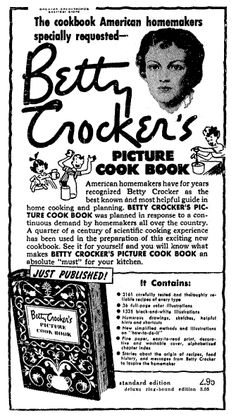The Imperfect Journal is a innovative and simple way of journaling that combines the freedom and fun of art journaling with the record-keeping and thought-processing aspects of traditional written diaries. Using a few easy techniques we can create a journal "home" where anything is possible. Relax, play, let go of the inner critic! Using this simple and quick method, anyone can succeed at a journaling practice and almost immediately see and feel the results of playing, dreaming and dancing among the images and elements of our daily lives.
The idea of the Imperfect Journal came to me after twenty years of struggling to maintain a journal practice. Although all my instincts indicated I would benefit from writing or drawing every day, time after time I found myself unable to keep up the practice. I'd buy an new journal, fall in love with the perfectly lined pages, choose a free-flowing pen and begin. In fact I began again and again. And time and again I failed.
Most of these beautiful books are still on my shelves--each containing only a few pages of discouraging introspection. After a few weeks, I invariably found myself hating my handwriting, hating my sentences, even hating my thoughts. If I tried a sketch journal I hated my drawings, clumsy and misshapen. Rather than increasing my creativity, my attempts made me more and more sure that I had nothing creative to offer and often stifled my creative instincts.
The desire for an examined life was strong. I loved the journals I read from history. I wished my grandmothers and great grandmothers had recorded their thoughts and feelings to help me through my life. Over the years I tried the Progoff Journal Workshop, dream journals, reading journals and idea journals, as well asndaily planners and notated sketchbooks. It was not until the last few years, as I found myself in a time of intense change, battling health issues and the shock of approaching 60 and struggling with various personal crises that I finally created for myself a workable and exciting journal practice. I developed a simple method incorporating all the elements I needed and easy enough to allow me to keep up even when I was ill or tired or depressed.
Inspired by Brene Brown's work on vulnerability and perfectionism, I completed her course on Oprah's website. I watched dozens of YouTube videos on art journaling, and sorted through hundreds of options for types of journals as well as art and writing products to find the best quality giving the most bang for my limited budget buck. Initially most of the information and techniques I found online involved the creation of individual art journal "pages" with inspirational sayings. While very pretty, these art journals didn't meet my need to keep a record of my life and to process (and often re-process!) problems, experiences and ideas. When at last I hit on a combination of techniques that worked for me--it really began to work on every aspect of my life!
The process of keeping the "Imperfect Journal" involves setting a goal of moving forward and not tearing any pages out and setting an internal intention to uncover my most authentic self by letting go of my inner perfectionist and replacing my critical inner guest panel of judges with supportive and inspiring inner mentors. I use all kinds of art supplies and techniques and I write, mark and scrawl. I even found ways to get around my dislike of my own handwriting--a common hurdle for new journalers.
My process involves creating quick beautiful backgrounds and then messing them up with my thoughts. Oddly enough, once I've made an appealing mess on a page, I lose my inhibitions about marking it up. As these messy and colorful pages accrue, I find that I develop an affection for them and for my life in general. That acceptance and appreciation goes a long way towards healing the wounds inflicted over the years by the inner critic.
My process goes something like this:
1. Create a background -- using collage, paints, inks, sprays and layers to create a writable surface. This can take as little as two minutes or evolve into an hour of meditation.


















